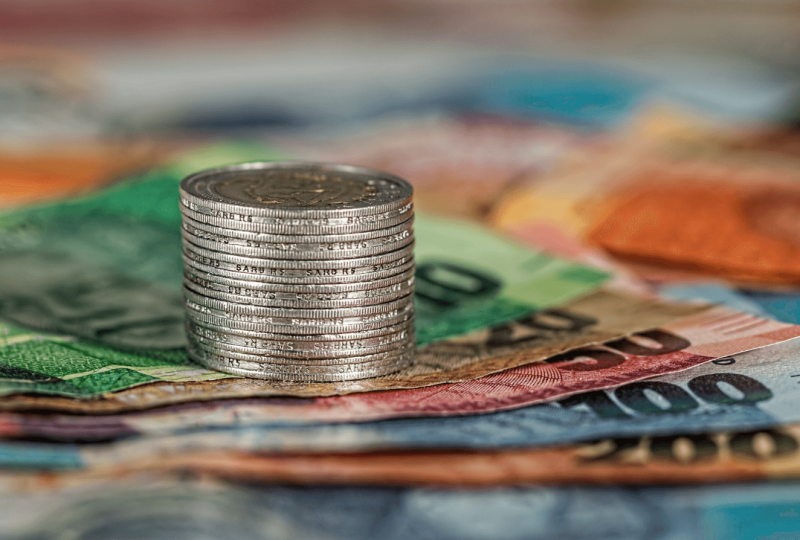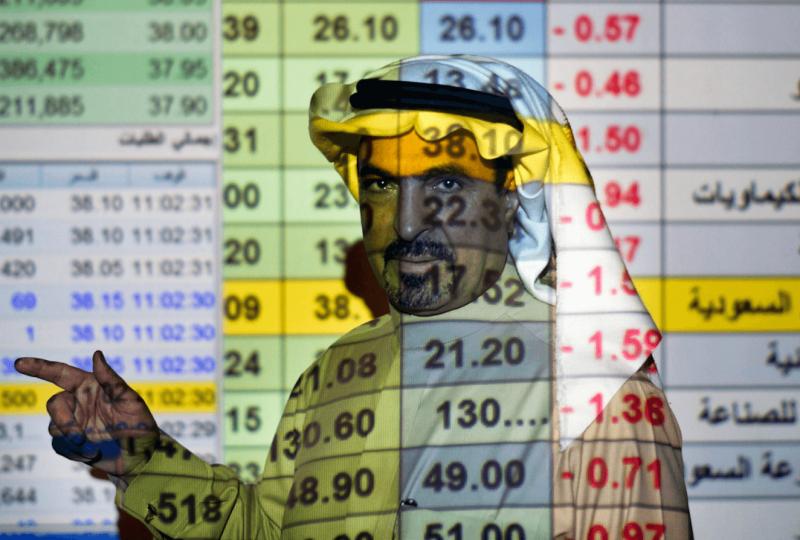Santa Hasn’t Forgotten Wall Street But Beware 2022’s ‘Landmines’
Dec 24, 2021

The rally is still going strong, but how long it will continue is anyone's guess.
The Santa Claus Rally, after all, has not been canceled.
Despite the odds, the North Pole's happiest resident has returned to Wall Street for his annual pilgrimage, despite the Omicron surge, a hawkish Federal Reserve, weaker consumer spending, and the apparent demise of President Biden's signature domestic legislation, which was all but certain to boost growth and inflation.
Not long ago, the traditional year-end stock boom seemed to be in peril, as markets were shaken by new COVID-19 pandemic discoveries. However, Wednesday's price action, together with confidence indicators showing a concerned but still healthy consumer, showed that Old Saint Nick was set to end the year strongly.
There are fewer than several days remaining in the year 2021, and anything is conceivable between now and December 31. We cannot fully count out another down day similar to the one last week, when rising Omicron infections (along with West Virginia's very own maverick senator) triggered new economic concerns.
At the time of writing, the bull case remains intact, despite the fact that the latest COVID-19 mutation has introduced a new dimension to an already raging public health crisis, jeopardizing sensitive businesses such as tourism, leisure, and food.
"We've been saying this is a buy the dip market because we expect further earnings upgrades," Anik Sen, global head of equities at PineBridge Investments, said on Wednesday. "We feel that the real debate should be about the length and severity of the next economic cycle."
Of course, Omicron is defying some conventional wisdom on Wall Street, and growth will almost definitely halt in 2022. Yet, according to RDM Financial's Michael Sheldon, talk of a full-fledged recession is at best "premature."
"We are in the second year of the present economic boom," Sheldon said. "Historically, economic expansions have lasted for many years."
In other words, investors should never doubt the US economy's ability to defy gravity in the face of bad news, a lesson that the bulk of us should have learned during 2020's severe but thankfully brief bear market.
Yet financial gurus Kevin Flanagan and Jeff Weniger of Wisdom Tree have warned that underneath the placid surface of Wall Street's benchmarks, "real destruction" is taking place, which may give insight into what the future holds after investors have recovered from the holidays.
"Since November 8, small caps have declined across the board, with the Russell 2000 growth cohort down about 13%, owing to nearly four-tenths of its stocks trading in the red," Flanagan and Weniger wrote in a research note, despite continued strength among technology giants such as Apple, Microsoft, and Tesla, despite the latter's capricious stock sale.
Tesla's precipitous slide from $1,200 per share is "unsettling," and "is almost entirely related (we think) to the possibility of increasing borrowing rates skewing Elon Musk's concept company's discounted cash flow calculations."
Enter a Fed that has found faith in inflation's inevitable demands, with Fed Chairman Jerome Powell on the verge of launching the central bank's first rate hike campaign in over two years.
The market is anticipating one to three rate hikes this year, as well as the end of massive bond purchases that have created "the greatest bubble in history," Pantera Capital CEO Dan Morehead said this week.
How markets, on the other hand, will respond to a witches brew of tighter monetary policy, likely weaker GDP growth, and a raging pandemic is anyone's guess.
"Should Powell ratchet up his budding inflation fight, the market's behavior over the last six weeks may foreshadow the location of 2022's landmines," WisdomTree's Flanagan and Weniger said.




